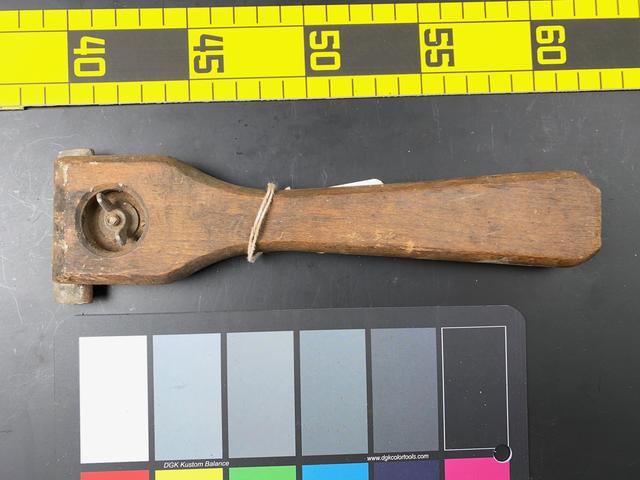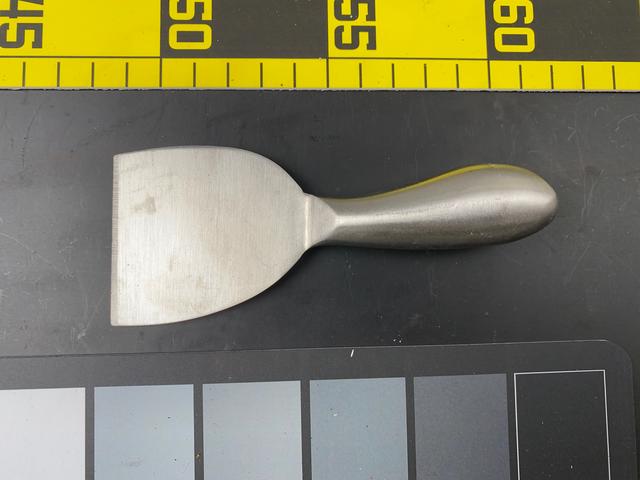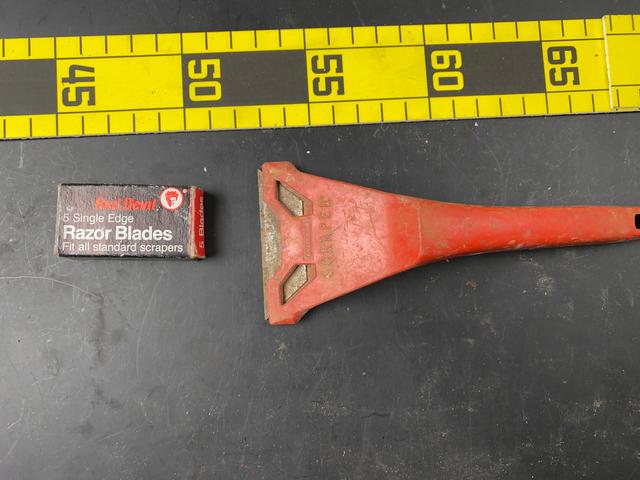 |

 |
Leave a comment below! Or click on an individual tool to see more or leave a comment about that tool. |
|
 |
|
 |
| This also looks like an awl, but is actually a scraper for clay or wax. It’s an artist’s carving tool. (Or at least that’s what I’ve used it for—it may have some other official purpose I’m unaware of.) |
 |
| Triangular Awl |
 |
| Plastic scrapers avoid scratching delicate paint. |
 |
| A drawknife can remove a lot of wood in one pass. The pulling muscles in your arms are generally stronger than the pushing ones, so you can get a lot of force behind a tool like this. |
 |
| A spoke shave is like a drawknife with a depth stop. |
 |
| I made these scrapers by the thousands for inclusion in the acrylic model kits I used to sell. They are laser cut from acrylic and can be used to start peeling the protective film off acrylic parts without scratching them. |
 |
| A nice old cast iron wood scraper from an abandoned high school shop class. |
 |
| A tungsten carbide blade makes this scraper last nearly forever without sharpening. |
 |
| This radius scraper is designed for delicate model-making. It fits over your finger and can round over wood or plastic shapes to a specific radius. |
 |
| Razor Scraper |
 |
| Hook-shaped scrapers are for pulling. They can scrape off excess glue from a wood joint, among many other things. |
 |
| Spoke Shave |
 |
| Triangle Awl |
 |
| Narrow mason’s trowel, or dull scraper, your choice. |
 |
| Trowel or scraper? Works for both. |
 |
| A tough push-scraper like this could be used to knock off high spots on wood or metal parts. It’s like a dull chisel. |
 |
| Tiny scraper. |
 |
| This is a drawknife for the calluses on your feet. |
 |
| These look like awls, but are actually metal scraping tools, for smoothing and refining the insides of holes and other hard-to-reach areas. |
 |
| Standard utility knife blades and single-edge razor blades can be mounted sideways to form a scraper. |
Do you have a better example of this kind of tool? Let me know by leaving a comment, and include a picture of it if you can so everyone can see!